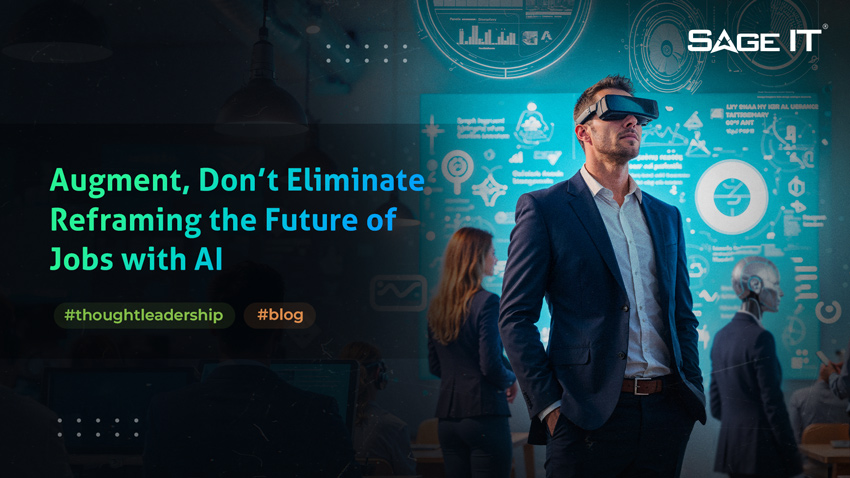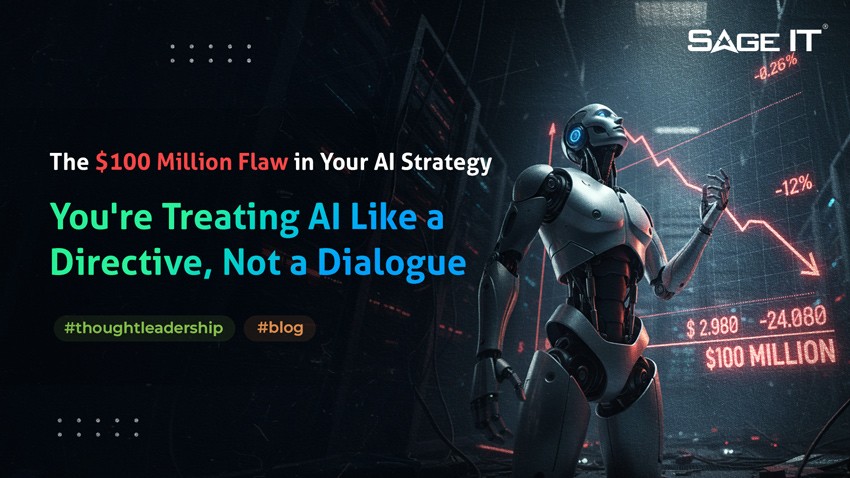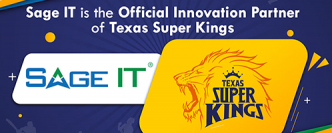In the rush to deploy AI, many leaders focus on a single metric: ROI. Cost savings, revenue growth, and process acceleration are the numbers that dominate boardroom slides. But here’s the paradox: if your AI serves only the business and not its broader stakeholders, it will eventually serve no one.
AI is no longer just a tool for optimization. It is a presence that touches customers, employees, partners, regulators, and society at large. A stakeholder-centered approach isn’t about slowing down innovation. It is about ensuring AI is trusted, sustainable, and scalable. In today’s business climate, trust is currency, and stakeholder-centered AI is how you earn it.
According to PwC’s Global CEO Survey, many leaders cite a trust gap in AI as one of the biggest barriers to scaling adoption. Similarly, McKinsey’s Global AI Trust Maturity Survey shows that organizations investing in responsible AI practices achieve faster adoption and greater resilience than their peers. The data is clear: responsibility is not a brake on growth, it is an accelerant.
Why a Stakeholder-Centered Approach Matters
AI doesn’t operate in isolation. Its decisions ripple across a wide ecosystem:
And when those stakeholders feel overlooked, the backlash is swift:
These aren’t fringe scenarios. They are mainstream warning signs of a tech-first, trust-later mindset. Companies that ignore stakeholders may see short-term wins, but they risk long-term erosion of brand, credibility, and growth.
From Product-Centric to Stakeholder-Centric AI
Most AI deployments begin with the question: What can we automate?
A stakeholder-centered lens reframes it: Who does this impact, and how?
This shift requires new leadership behaviors:
- From optimization to deliberation
- From outputs to outcomes
- From efficiency to empathy
It means going beyond data accuracy to consider human dignity. Beyond personalization to consider fairness. Beyond productivity to consider purpose.
Principles for Stakeholder-Centered AI
To lead with responsibility, executives must embed five non-negotiables into their AI strategy:
- Transparency
Stakeholders deserve to know when, how, and why AI is used. Disclose usage in customer interactions, explain automated decisions, and maintain documentation of assumptions. Transparency builds understanding, and understanding builds trust. - Fairness
Bias isn’t just a data flaw. It is a design flaw. Use inclusive datasets, test for disparate impact, and ensure human oversight in sensitive cases. Fairness isn’t accidental; it’s intentional. - Accountability
When AI fails, and it inevitably will, who owns the outcome? Accountability means clear roles, audit trails, and recourse mechanisms. In practice, this could look like a dedicated AI ethics board or a formal process for customers to appeal AI-driven decisions. AI mistakes should never vanish into a black box. - Empathy
AI is powerful but impersonal. Leaders must supply what machines cannot: empathy. That means listening to employees’ concerns, safeguarding psychological safety, and respecting customer boundaries. Empathy is not soft; it is strategic foresight. - Alignment
AI should amplify your mission, not undermine it. Ask: Does this deployment advance our long-term purpose? Are we living our culture through this technology? What unintended consequences might arise? Alignment ensures AI is not just code, but culture.
Turning Principles Into Action: A Stakeholder Checklist
To operationalize these principles, map your stakeholders and pressure-test AI initiatives against their concerns. Use this as a regular checkpoint in your governance process:
| Stakeholder | Key Concern | Questions Leaders Must Ask |
|---|---|---|
| Employees | Job impact, surveillance | How does this affect roles, autonomy, morale? |
| Customers | Transparency, fairness | Can they understand, trust, and challenge AI decisions? |
| Regulators | Compliance, explainability | Are we exceeding, not just meeting, ethical requirements? |
| Partners | Integration, ethics | Do we align on values and data responsibility? |
| Society | Long-term impact | Are we contributing to equitable, inclusive outcomes? |
This checklist isn’t compliance theater. It’s a playbook for resilience and reputation in the AI era.
The ROI of Responsibility
Some leaders worry ethical guardrails will slow innovation. The opposite is true. Companies that embed responsibility into AI strategy see:
- Faster adoption by employees and customers
- Higher-quality feedback loops to improve models
- Reduced legal and reputational risk
- Stronger employer and customer brand equity
The ROI of responsibility is not theoretical. It is measurable. As the EU AI Act tightens requirements on transparency, the U.S. AI Bill of Rights outlines principles for fairness, and countries like India promote ethical adoption frameworks, the message is clear: responsibility is the new baseline for competitiveness.
Trust accelerates innovation, while mistrust suffocates it.
The CEO Playbook for Stakeholder-Centered AI
For leaders who want to move from aspiration to action, here are three imperatives:
- Diagnose Stakeholder Impact
Begin every AI initiative with a stakeholder-mapping exercise. Who gains, who risks, and how do you mitigate? - Deploy Guardrails
Establish ethics boards, bias audits, and escalation paths. Make governance part of the build, not an afterthought. - Double-Down on Culture
Embed stakeholder-centered thinking into your company’s DNA. Make it a value, not just a compliance box.
The Future Belongs to the Responsible
We are entering an age where AI is not just intelligent, but influential. It will shape how people work, live, and interact with organizations. That gives today’s leaders a profound responsibility: to ensure AI benefits the many, not just the few.
Stakeholder-centered leadership isn’t defensive. It is strategic offense for the long game, building ecosystems where business value and human dignity thrive together.
So, ask yourself:
- Who are we optimizing for?
- Who might we be overlooking?
- And what AI legacy do we want to leave?
Because in 10 years, no one will remember the AI that cut costs the fastest. But they will remember the companies whose AI treated people with dignity. Those will be the brands that endure.
Closing Thought: AI can scale decisions. But only leaders can scale values. The future of business belongs to those who choose both.












